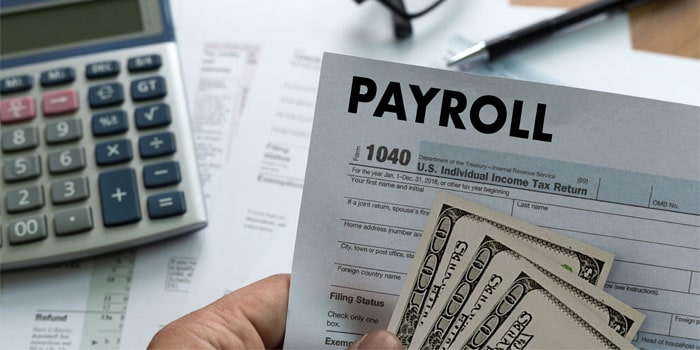When managing the payroll for a small business, you need to consider everything from registering your company as an employer to making payments to your employees, tax authorities, and any other relevant institutions. When you are first learning how to process payroll, there are a few procedures you must take to ensure that you are in complete compliance with all of the regulations that apply, both federal and state.

Although owners of small businesses typically have a strong understanding of the goods or services they provide, only some possess the necessary expertise or spare time to handle all aspects of payroll processing. We strongly encourage the proprietors of those smaller businesses to give Gusto a go. It is a comprehensive payroll solution that computes payroll, files taxes, and paperwork, and provides HR resources to its customers.
The Payroll System: How Does It Work?
Managing payroll requires a lot of calculations to be done. Throughout this process, you must not only comply with federal and state rules but also account for pay, hours worked, benefits, tax deductions, and garnishments. Establishing from the start a procedure that contributes to the resolution of compliance concerns is essential to achieving success. You must submit your payroll taxes correctly or complete the deadline to avoid being subject to expensive penalties. The bottom fact is that there is a lot more to payroll than just writing checks weekly or biweekly.

It is possible to handle the payment of your employees on your own if you have sufficient knowledge of tax law. But since there are so many things that can go wrong with payroll (and because the consequences of those mistakes may be rather severe), you should ensure that you are entirely familiar with everything that must be done before you start.
To get started:
Ensure That All Employees Fill Out A W-4 Form.
Employees must establish their tax filing status and maintain track of their allowances by filling out a Form W-4 before they can be paid. Workers can reduce the amount of payroll taxes withheld from their paychecks each pay period by increasing the number of allowances or dependents they claim on their tax returns. You must submit a new hire report for each new employee you bring on board. It is important to be aware that there's a new version of the W-4 form for the year 2020; thus, this is the form that you should have newly hired employees to fill out beginning on January 1, 2020.
Find Out How To Get Or Sign Up For Employer Identification Numbers.
Ensure you have an employer identification number (EIN) on hand before attempting to handle payroll on your own. An Employer Identification Number, or EIN, functions similarly to a Social Security Number for your company and is required by the IRS to identify a corporate organization or any other entity responsible for employee payment. You can submit an application for an EIN on this page of the IRS website if you still need to possess one. You may also need to receive a state EIN; check the employment resources in your state for additional information on this.
Pick A Pay Plan That Works Best For You.
Payroll dates, tax payment due dates, and tax filing deadlines (more on basic labor laws here) should be added to your calendar after registering for EINs, getting insurance (remember workers' compensation), and putting up posters in the office.
Income Taxes Are Computed And Withheld.
The IRS Withholding Calculator and your state's resource, or a trustworthy paycheck calculator, will help you determine how much in federal and state taxes to withhold from your employees' paychecks. The worker's and the employer's halves of taxes must be tracked continuously.
Make A Payroll Tax Payment.
Federal, state, or local tax deposits, where appropriate, must be submitted on or before the due date (often the 15th of the month).
Submit Tax Documents And W-2s To Employees.
Last, remember to submit your federal tax return to your employer (often once every quarter) and any state or local tax returns due. Last but not least, ensure you have your W-2s and annual reports ready before the end of the year.




